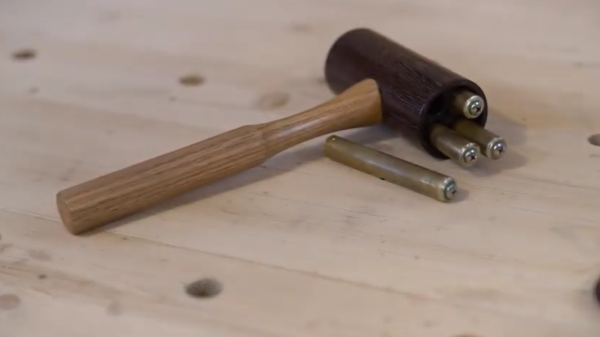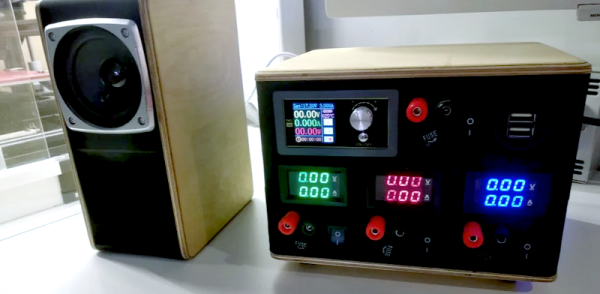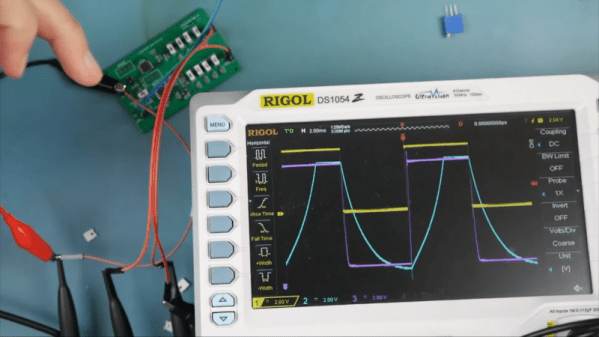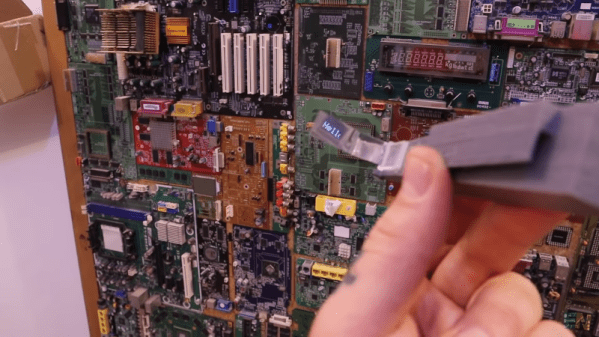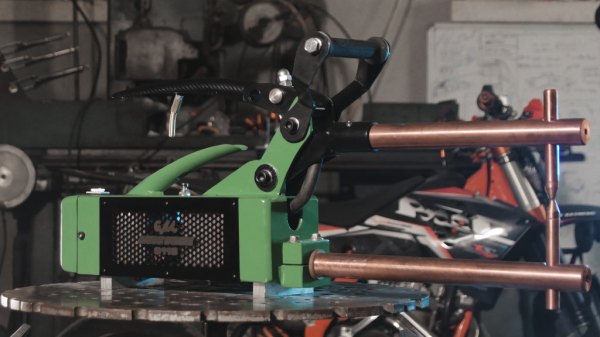While you can always buy the tools you need, there’s something to be said for the satisfaction gained when you pick up a tool you built yourself. [Workshop From Scratch] has built a following out of building his own gear, the latest of which involved putting together a gas-powered pressure washer.
The key to the build was to keep things completely self-contained. All the consumables – water, soap, and wax – are kept onboard the washer to avoid having to run hoses and so on. A small gas engine is the heart of the build, hooked up to a high-pressure water pump. It even comes complete with a starter motor, making it a certified luxury garden tool. It’s also hooked up to two tanks holding cleaning solutions for car washing purposes, which feed into the pump via an auxiliary port for mixing. It’s all assembled on a custom steel frame welded together from rectangular hollow sections.
It’s a build that demonstrates how you can use your skills to build tools that suit your workflow, rather than just putting up with whatever is available off-the-shelf. We’ve seen his work before, too – building other tools like this motorised plasma cutter. Video after the break.



